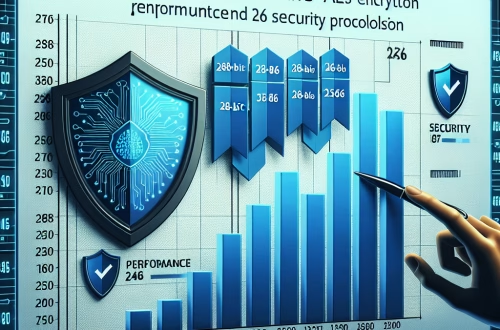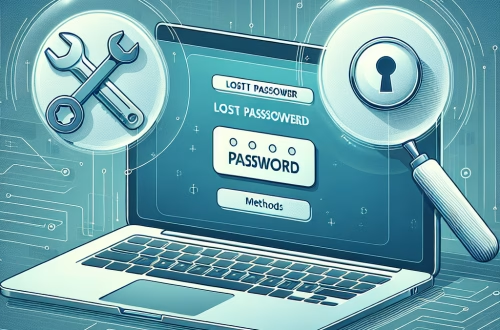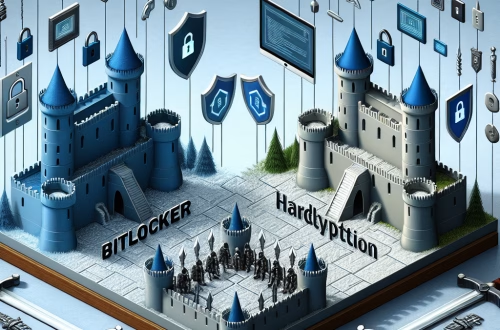Why Choose BitLocker For Endpoint Protection Explained:
BitLocker is Microsoft’s full-disk encryption solution designed to protect data on Windows devices from unauthorized access in case of theft or loss. It integrates with Trusted Platform Module (TPM) hardware for secure key storage and supports multiple authentication methods, including PINs and USB keys. BitLocker ensures data confidentiality by encrypting entire volumes, preventing offline attacks. Common scenarios triggering its use include corporate compliance requirements, regulatory mandates (e.g., GDPR, HIPAA), and protection against physical device compromise.
What This Means for You:
- Immediate Impact: BitLocker ensures that sensitive data remains encrypted, mitigating risks of data breaches if a device is lost or stolen.
- Data Accessibility & Security: Always store recovery keys securely (e.g., Active Directory, Microsoft account, or printed backup) to avoid permanent data loss.
- System Functionality & Recovery: Ensure TPM compatibility and firmware updates to prevent boot failures or decryption issues.
- Future Outlook & Prevention Warning: Regularly audit BitLocker policies and enforce multi-factor authentication to enhance security.
Why Choose BitLocker For Endpoint Protection:
Solution 1: Enabling BitLocker with TPM Integration
BitLocker leverages TPM (Trusted Platform Module) to securely store encryption keys, ensuring secure boot processes. To enable BitLocker with TPM:
- Open Control Panel > BitLocker Drive Encryption.
- Select Turn on BitLocker for the desired drive.
- Choose Use a password or smart card for additional authentication.
- Save the recovery key to a file or print it.
- Run the BitLocker system check before encryption begins.
If TPM is missing or disabled, enable it via BIOS/UEFI or use Group Policy (gpedit.msc) to allow BitLocker without TPM.
Solution 2: Using the Recovery Key
If BitLocker enters recovery mode due to hardware changes or failed authentication:
- Boot the device and enter the 48-digit recovery key when prompted.
- If the key is stored in Active Directory, use
manage-bde -protectors -get C:to retrieve it. - For Azure AD-joined devices, access the key via the Microsoft account portal.
Note: Repeated failed attempts may trigger a forced reset, requiring a backup recovery key.
Solution 3: Advanced Troubleshooting
For BitLocker errors like “Invalid TPM State” or “Boot Manager Not Found”:
- Reset TPM via tpm.msc (clear TPM owner authorization).
- Repair boot files using
bootrec /fixbootandbootrec /rebuildbcd. - Suspend and resume BitLocker via
manage-bde -protectors -disable C:before hardware changes.
Solution 4: Data Recovery Options
If BitLocker decrypts a drive improperly:
- Use
repair-bde C: D: -rk RecoveryKeyFile.BEKto salvage data. - For corrupted drives, employ third-party tools like Elcomsoft Forensic Disk Decryptor (requires legal authorization).
- Restore from backups if decryption fails.
People Also Ask About:
- Does BitLocker slow down my PC? Modern hardware minimizes performance impact due to AES-NI CPU acceleration.
- Can BitLocker be bypassed? No, without the recovery key or credentials, data remains encrypted.
- Is BitLocker FIPS-compliant? Yes, when configured via Group Policy with FIPS mode enabled.
- How to manage BitLocker remotely? Use PowerShell (
Manage-BDE) or Microsoft Endpoint Manager.
Other Resources:
Suggested Protections:
- Enable TPM + PIN authentication for higher security.
- Store recovery keys in multiple secure locations.
- Monitor BitLocker status via Windows Event Logs.
- Use Group Policy to enforce encryption for removable drives.
Expert Opinion:
“BitLocker remains the gold standard for Windows endpoint encryption due to its seamless TPM integration and enterprise manageability. However, organizations must balance security with usability—forcing complex PINs may increase helpdesk calls, while weak policies risk compliance gaps.”
Related Key Terms:
- Trusted Platform Module (TPM)
- Full-disk encryption (FDE)
- BitLocker recovery key
- AES-256 encryption
- Active Directory BitLocker recovery
*Featured image sourced by Pixabay.com





